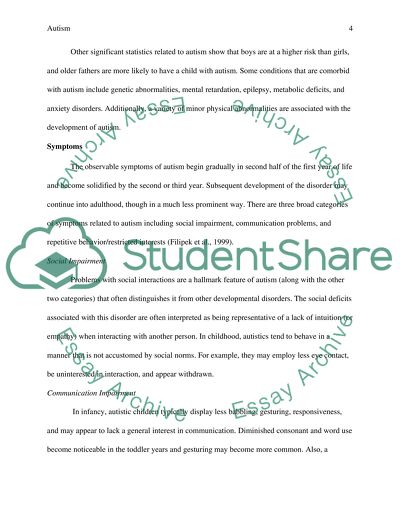Cite this document
(“High Functioning or Autism Term Paper Example | Topics and Well Written Essays - 1500 words”, n.d.)
Retrieved from https://studentshare.org/psychology/1437404-high-functioning-or-autism
Retrieved from https://studentshare.org/psychology/1437404-high-functioning-or-autism
(High Functioning or Autism Term Paper Example | Topics and Well Written Essays - 1500 Words)
https://studentshare.org/psychology/1437404-high-functioning-or-autism.
https://studentshare.org/psychology/1437404-high-functioning-or-autism.
“High Functioning or Autism Term Paper Example | Topics and Well Written Essays - 1500 Words”, n.d. https://studentshare.org/psychology/1437404-high-functioning-or-autism.


